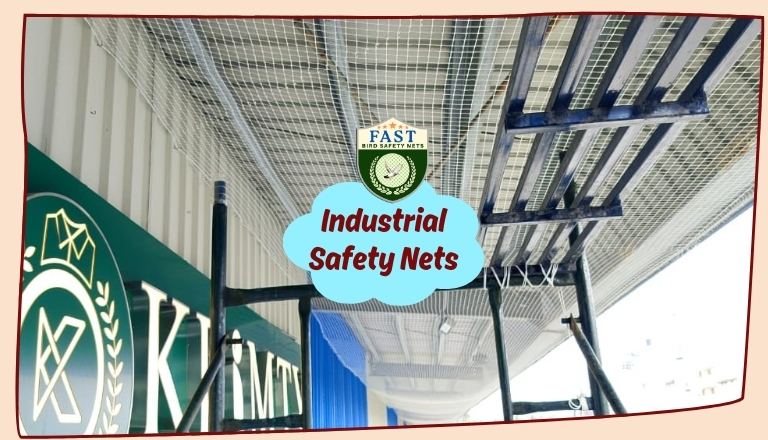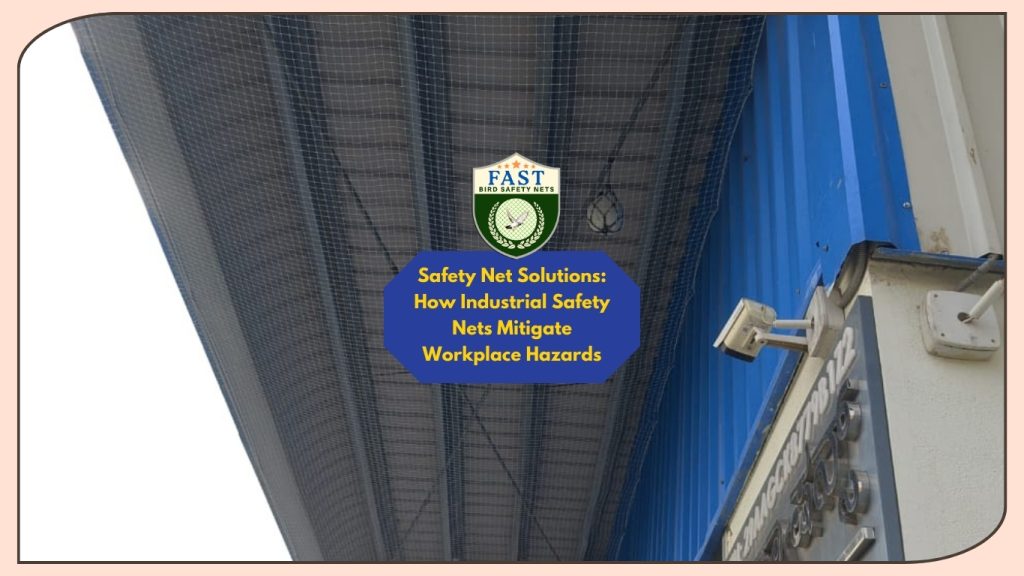Introduction: In the bustling environments of industrial workplaces, ensuring the safety of employees is paramount. With numerous hazards lurking around every corner, from elevated work areas to heavy machinery, employers must implement robust safety measures to protect their workforce. Among these measures, industrial safety nets emerge as indispensable tools, providing a reliable defence against falls and falling objects. In this comprehensive exploration, we’ll delve into the significance of industrial safety nets and their pivotal role in minimizing workplace hazards.
1. Understanding Workplace Hazards:
Identifying Risks: Industrial settings are fraught with a multitude of risks that can jeopardize the well-being of workers. These hazards encompass falls from heights, objects plummeting from elevated surfaces, machinery malfunctions, and potential exposure to hazardous materials.
Legal Compliance: Beyond the ethical imperative, employers are bound by legal obligations to ensure a safe working environment for their employees. Compliance with occupational health and safety regulations is essential to mitigate risks, avoid penalties, and uphold corporate responsibility.
2. The Role of Industrial Safety Nets:
Fall Protection: Industrial safety nets stand as stalwart guardians, offering unparalleled fall protection for workers navigating elevated workspaces such as scaffolds, platforms, and rooftops. In the event of an accidental fall, these nets act as a reliable safety barrier, arresting the descent and averting potentially catastrophic injuries or fatalities.
Object Containment: Beyond safeguarding against falls, industrial nets serve a dual purpose by containing falling objects. By intercepting tools, equipment, or debris, these nets prevent them from striking workers below, mitigating the risk of injuries and minimizing damage to property.

3. Benefits of Industrial Safety Nets:
Enhanced Safety: The deployment of industrial nets significantly enhances workplace safety by providing robust fall protection and object containment measures. By instilling confidence and peace of mind among employees, these nets foster a culture of safety and well-being within the organization.
Cost Savings: Investing in industrial nets yields substantial cost savings in the long run. By averting costly workplace accidents, including medical expenses, worker compensation claims, and productivity losses, employers mitigate financial risks and uphold the bottom line.
4. Implementation and Maintenance:
Proper Installation: Ensuring the efficacy of industrial nets begins with proper installation. Trained professionals should undertake this task meticulously, adhering to industry standards and regulatory guidelines to guarantee optimal performance.
Regular Inspection: Continuous vigilance is key to maintaining the integrity of safety nets. Regular inspections, conducted by competent personnel, identify any signs of wear, tear, or damage, allowing for timely repairs and replacements to uphold safety standards.
Conclusion: Industrial nets stand as stalwart guardians in the realm of workplace safety, offering robust protection against falls and falling objects. By investing in these essential safeguards, employers prioritize the well-being of their workforce and safeguard their business interests. Fast Safety Nets stands ready to provide tailored industrial net solutions, ensuring compliance with regulations and fostering a culture of safety and resilience in industrial workplaces.






